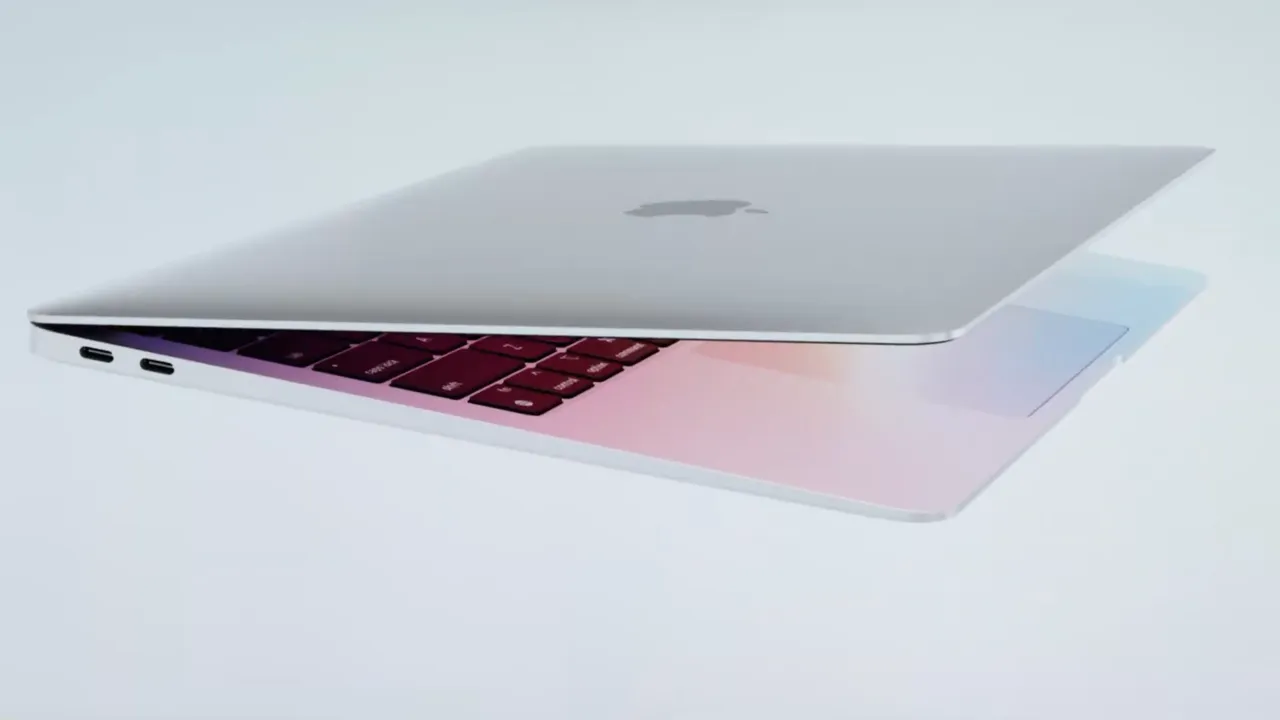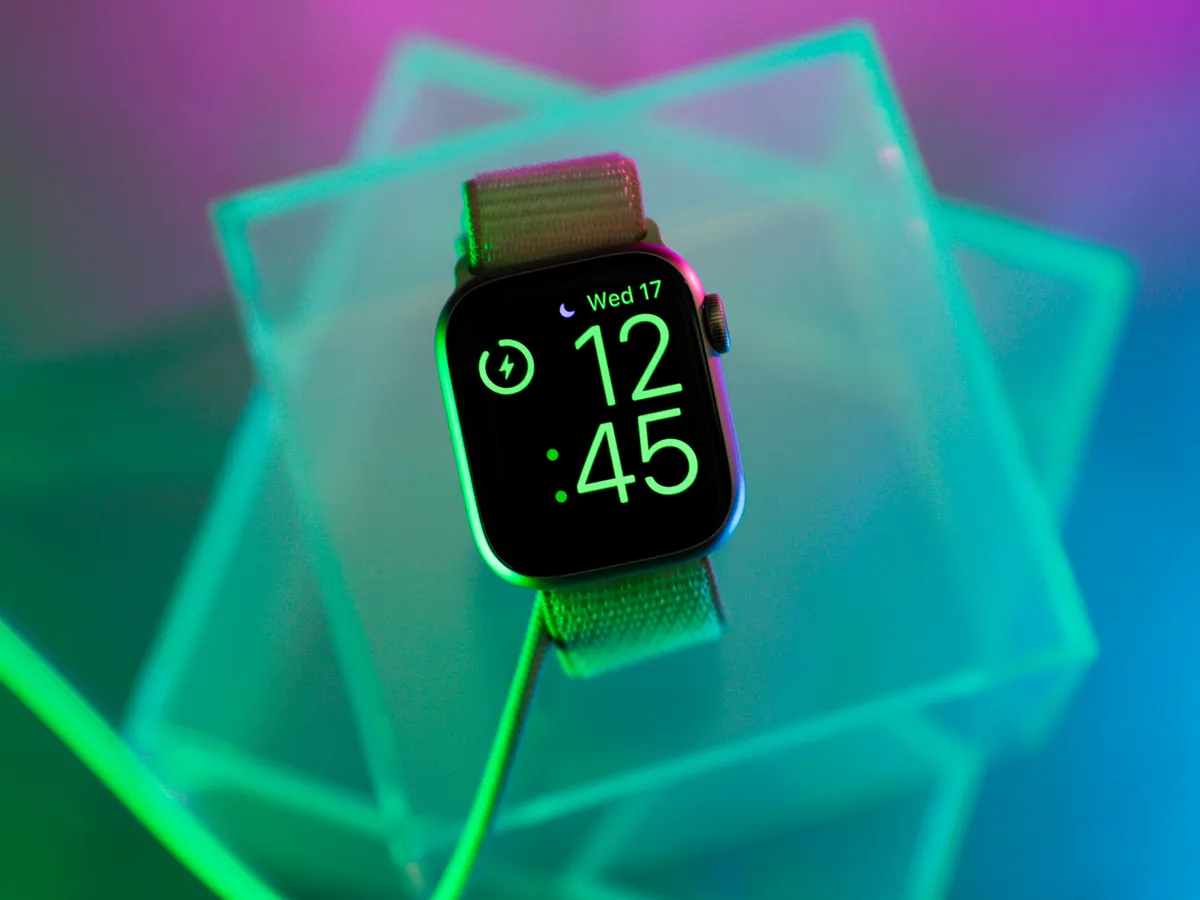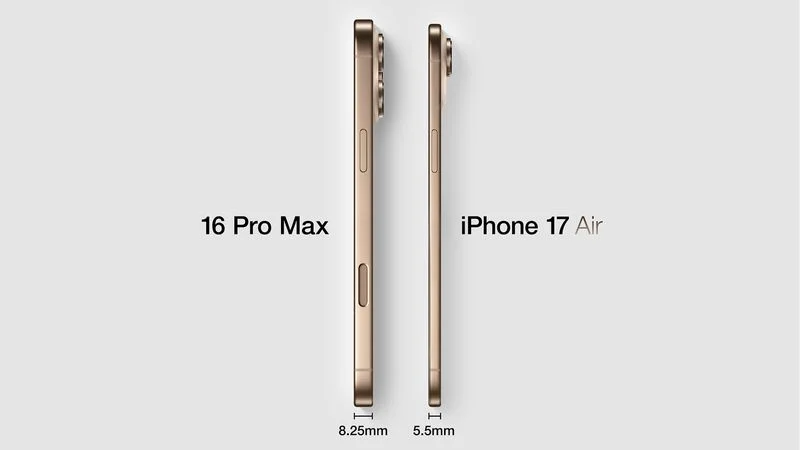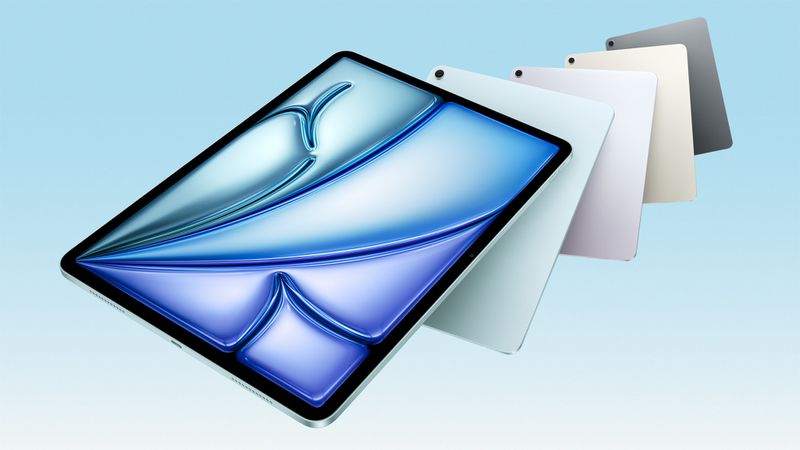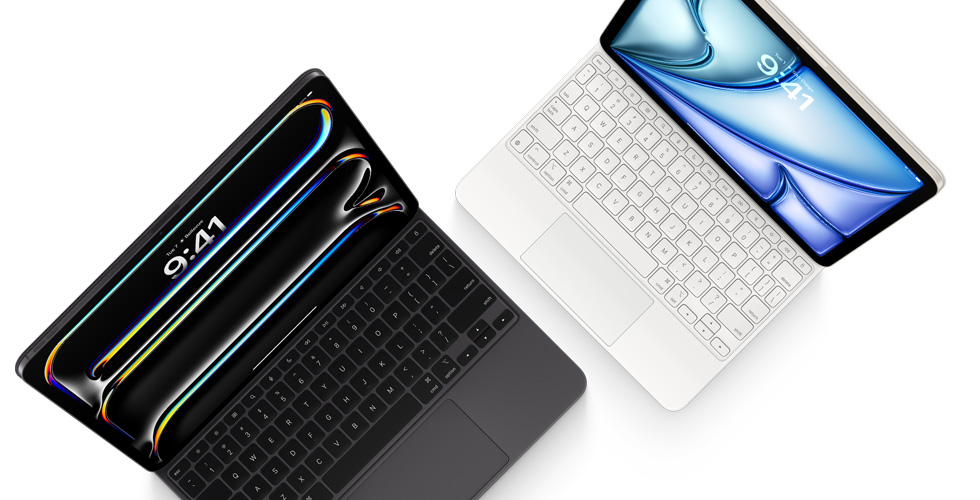Apple made big promises about its new AI features, called Apple Intelligence, when it launched the iPhone 16. However, those tools didn’t show up as planned. Months have passed, and the company keeps pushing back the release. Now, Apple’s top leaders, including Craig Federighi, are growing anxious.
Recently, Apple shared that its upgraded Siri and other AI features won’t arrive until at least 2026—long after the iPhone 17 hits stores. This means the iPhone 16 won’t have the full experience Apple hyped up. Some tools, like summarizing notifications and editing photos, did launch, but they’re clunky and underwhelming. It seems Apple rushed them out to keep up with the AI trend, and the results have grabbed attention for all the wrong reasons.
The company’s bosses aren’t happy. Craig Federighi, who leads Apple’s software team, and other executives are speaking up after the latest delay news. This mess has turned into a huge headache for Apple’s image. Fans and the media are frustrated—even loyal Apple users complain online, saying the iPhone 16 feels unfinished.
Apple Intelligence was meant to transform how people use their iPhones and other devices. It promised to fetch info fast and organize your day like a smart buddy. Instead, users are stuck with weak tools that don’t stack up to competitors. Rumors are swirling that Apple might ditch its current AI plans and start over. If that’s true, the 2026 goal could slip even further.
This isn’t just about broken promises—it’s about timing. By the time Apple gets its AI ready, other companies might be miles ahead. For now, iPhone 16 buyers are left waiting for features they expected while Apple scrambles to fix its AI stumble.

